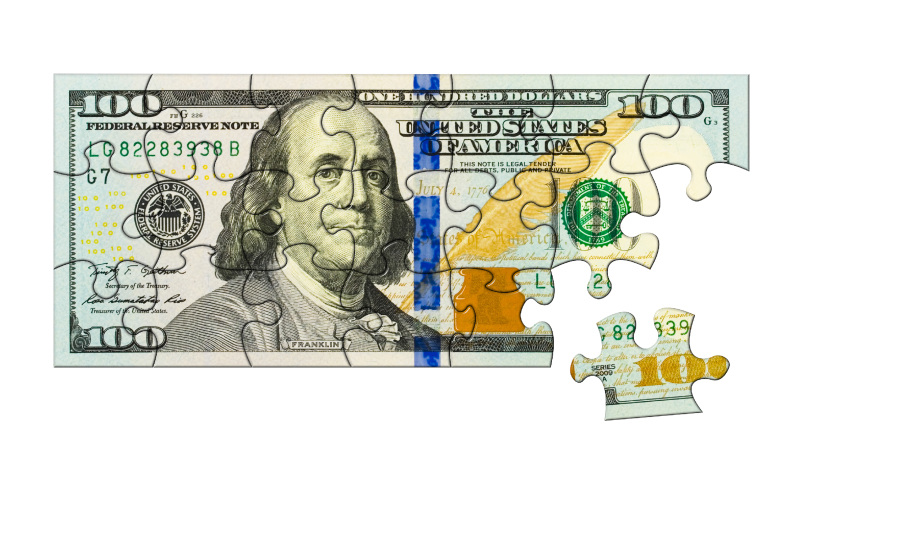Death and taxes are the only certainties in life, as the old adage goes. If you live in Clark County, or Washington state for that matter, you can probably add confusion about taxes.
And in Clark County, taxes just got a little more complicated.
In December, the Clark County council cast one of its more attention-grabbing votes when it included a provision in its 2017-2018 budget that allowed it to collect 1 percent more in property taxes in 2017 than the previous year. It’s a tax that every property owner in the county pays, regardless if they live in a city or an unincorporated area. And in November, Vancouver voters passed Proposition 1, which creates an affordable housing fund that would be capped at $6 million and last for seven years.
Both measures have raised concerns about increasing property tax bills and the rising costs of housing. But in Washington state, a property owner’s tax bill won’t necessarily go up just because a local government is more inclined to collect more revenues. Instead, property taxes can rise or fall each year depending on the assessed value of their property, the value of other property in their district and how much money voters and government entities determine is needed for services.
County Auditor Greg Kimsey, like other elected officials, said he’s received calls from citizens with questions about property taxes and often has to address many misconceptions.




